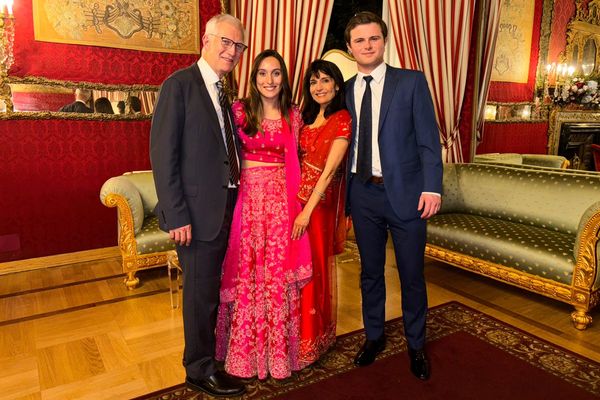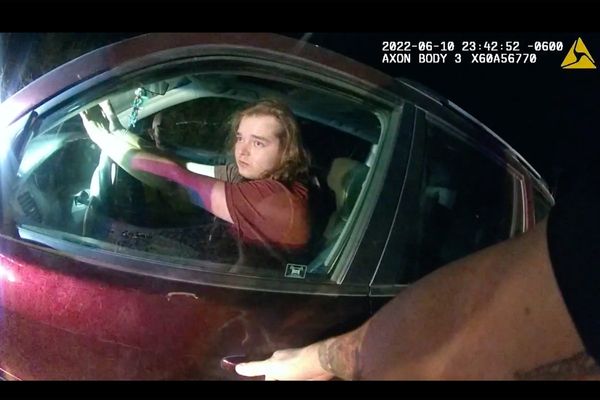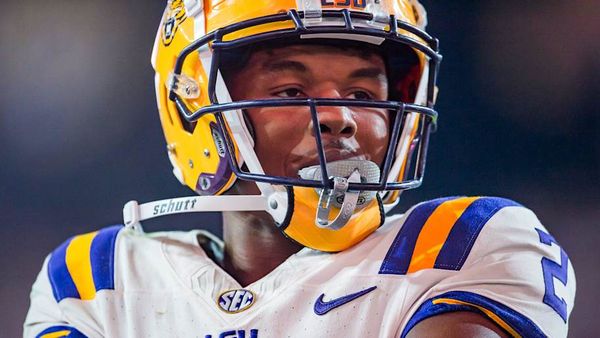Two years ago, the Baltimore Orioles improved their pitching with one swift move. They moved the left field wall back and built it ridiculously high—ridiculous because it removes one of the most exciting plays in baseball, the home run robbery. The Great Wall of Baltimore worked. Orioles pitchers suddenly started throwing the ball over the plate. They immediately improved from 22nd in walk rate to seventh.
Then, last Feb. 1, general manager Mike Elias came up with an even keener idea to improve the staff: He traded for the most reliable pitcher in baseball.
Since 2021, Corbin Burnes has thrown more innings than every pitcher except Aaron Nola of the Philadelphia Phillies and he has done so with the lowest ERA (2.83) and lowest WHIP (0.995) among the 44 pitchers who have made 85 starts or more. He is one of the last workhorses in baseball who is also an ace.
Ever evolving, Burnes is not the same cutter-heavy pitcher he was with the Milwaukee Brewers, but his reliability remains steadfast. He has pitched into the sixth inning and allowed no more than three earned runs in all 14 of his starts for Baltimore. The Orioles are 10–4 when he takes the ball. The losses? They came by scores of 3–2, 3–2, 2–0 and 3–0.
Impressive though such numbers may be, the full impact Burnes has made on the Orioles has no quantifiable measurement. The Orioles obtained not just a very good pitcher with dominating stuff but also a staff leader who makes those around him better.
His impact on fellow starters is reminiscent of what Greg Maddux did almost annually with the Chicago Cubs and Atlanta Braves—he was valuable not just because he pitched well but because fellow righthanders in his orbit, such as Mike Bielecki, Mike Harkey, Mike Morgan, Pete Smith and Russ Ortiz, kept having darn near the best years of their careers in his sway. Burnes’s impact also reminds Orioles manager Brandon Hyde of how Jon Lester influenced the Cubs’ staff when Hyde coached with Chicago.
“Lester is a good comp, with guys like [Jake] Arrieta and [Kyle] Hendricks,” Hyde says. “I think we’re seeing it with Grayson [Rodriguez], [Kyle] Bradish, [Dean] Kremer, [Tyler] Wells when he was here … seeing his preparation between starts. … It’s a four-day preparation where he really does a ton of homework.
“He’s not just this tough guy that’s going to throw 96-mile-an-hour cutters and 97-mile-an-hour two-seamers, but he really dives into the opposing team. You’re seeing the preparation that he does and what he does physically in between starts also.”
On Monday against Tampa Bay, Burnes showed off what preparation can do. Against a Rays lineup with seven right-handed hitters (Burnes is far tougher against left-handed hitters) he threw more sinkers (18) than in any of his 103 starts over the past four years. Moreover, notoriously slow to the plate, Burnes incorporated many slide steps and pickoff throws to thwart the Tampa Bay running game. His plan worked. Burnes did not allow an earned run over seven innings, improving to 7–2 with a 2.08 ERA—an even better 14-game start than the one when he won the Cy Young Award in 2021 (4–4, 2.41).
Back then, Burnes threw 52% cutters, a proportion that increased the next two years to 55%. But after his ERA swelled a bit last year to 3.39, his worst since he became a full-time starter, Burnes tweaked his profile as a pitcher. He had noticed right-handed hitters standing closer to the plate or setting their focus on the outside of the plate, where he typically throws his cutter. He was too predictable. A hard sinker running in—the opposite direction of his cutter—keeps them honest, as does a career-high percentage of breaking pitches (37% curves and sliders.)
Burnes has had games this year in which he has thrown as many as 32 curveballs and as many as 28 sliders—or as few as 35% cutters. He has found many ways to get through lineups three times. The result? Burnes has stopped chasing strikeouts to throw more groundballs and more first-pitch strikes than ever before in his career.
The masterclass he puts on every five or six days is spinning off benefits, especially when it comes to the improvement of Rodriguez. The 24-year-old righthander suddenly has stopped spraying his fastball, especially those non-competitive ones high and to the arm side that plagued him in April and May. Rodriguez has one walk over his past two starts, the first time in his career he has had that kind of command in back-to-back starts.
You watch Grayson right now,” Hyde says. “I think with Grayson being behind [Burnes], and watching how efficient he is—and along with his preparation—he has really benefited.
“We talked about him a couple of weeks ago where you saw all those spray armside-up misses. You haven't seen that since the third inning two starts ago. You saw something happened there, where he dialed in his fastball command unbelievably. [Sunday night against Tampa] and then the start in Toronto were his two best major league starts I’ve seen him make where he just—he didn’t out-stuff guys. He wasn’t throwing 98, 99 in the first inning but 95, 96, 97. The fastball command was there. The low and away fastball was there when he wanted to. The elevated fastball was there when he wanted to.
“And I just think watching Burnes be able to do what he does—to do what he wants to do on the mound and throw the ball where he wants to and miss in the appropriate places—that has helped Grayson a lot, too.”
With Burnes leading the way, the Orioles have allowed the fewest home runs in the American League and have the second-best ERA. Baltimore has not finished among the top two pitching staffs in the league since 1997.
The Orioles did not give up much to get Burnes as far as their 2024 major league plans: infielder Joey Ortiz and pitcher DL Hall. So far, Burnes ranks with Shohei Ohtani of the Los Angeles Dodgers and Juan Soto of the New York Yankees as the most impactful roster additions of 2024. And if Rodriguez and Bradish keep pitching as they have this month, the Orioles can put their trade resources next month toward adding to their solid bullpen, rather than the rotation.
This is likely not a long-time fit. The Orioles knew full well at the time of the trade that they might get only one year out of Burnes. He is a free agent after the season and should command an average annual value of more than $30 million, given that he is more reliable and accomplished than Carlos Rodón and Tyler Glasnow, each of whom recently signed multi-year deals with an AAV of $27 million. Burnes is making the most of his platform season. Not only is he continuing to prove himself the rare elite pitcher with durability, but he also is acquiring the reputation as a staff leader on a championship-caliber team.
TOM VERDUCCI
Tom Verducci covers Major League Baseball and brings Sports Illustrated 41 seasons of experience. Tom is a five-time Emmy Award winner, two-time National Magazine Award finalist, two-time New York Times bestselling author and a member of the National Sports Media Association Hall of Fame. He was the first baseball writer to be named National Sportswriter of the Year for three consecutive years and the only to call the World Series as an analyst. He appears on MLB Network and Fox. He holds a degree from Penn State and lives in New Jersey with his wife. They have two sons.







